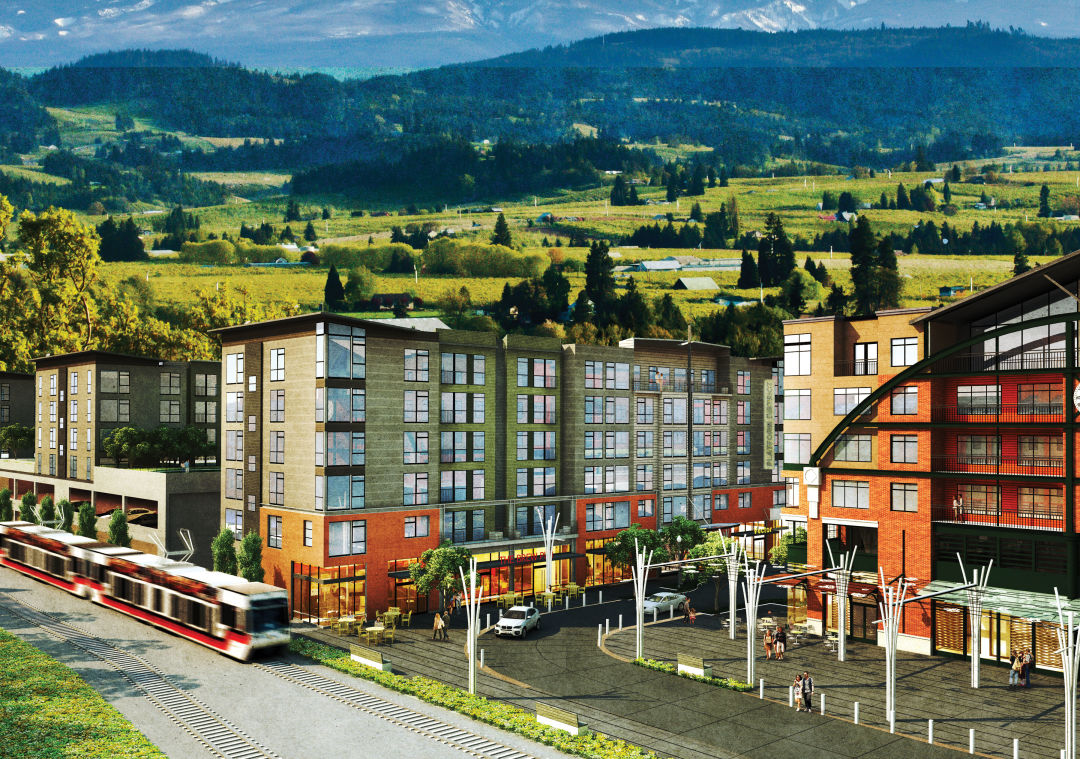Portland Neighborhoods by the Numbers 2018: The Suburbs

Welcome to our annual reference guide to 125 Portland neighborhoods and suburbs. Last year, two-thirds of Portland metro area markets clocked double-digit one-year median price changes. That hotness still holds in 2018. (Even as the fever breaks, just a bit, in the city of Portland, where prices rose just a median five percent.) From Cornelius to Wood Village, Beaverton to Scappoose, we crunch the numbers on 30 cities.
Methodology
Neighborhoods
Boundaries represent records maintained by the city as of January 2018. Boundary conflicts were resolved for statistical purposes only. Due to overlap between certain neighborhoods, boundary definitions may vary occasionally across categories. With the exception of the area unofficially (but universally) known as Dunthorpe, unclaimed sections of Multnomah County were excluded.
Real Estate
2017 data from the Regional Multiple Listing Service with analysis by the Center for Spatial Analysis and Research at Portland State University’s Department of Geography. Figures were rounded for legibility.
People
Data from the US Census Bureau’s American Community Survey 5-Year Estimates, released December 2017. The ACS data are estimates only and accuracy varies by attribute.
Rent Costs
Calculated from all renter-occupied units, estimated median rent is not adjusted for unit size or number of occupants. Figure includes estimated monthly utility costs.
Median Income
The Census defines household as including “all the persons who occupy a housing unit as their usual place of residence.” Thus this estimate includes living situations ranging from individuals to large households.
Crime
Portland neighborhood crime data reflects 2017 data provided by the Portland Police Bureau. For cities, crime data reflects 2016 and was sourced from the FBI. As of press time, 2016 crime data was not available for the cities of Maywood Park, Troutdale, West Linn, Wood Village, and unincorporated Sauvie Island. Nonviolent crime includes burglary, larceny (theft), and vehicle theft. Violent crime is defined as aggravated assault, arson, homicide, rape, and robbery. Crimes per 1,000 figures are based on reported incidents of both nonviolent and violent crime. Many factors can influence the crimes-per-1,000 figure and can sometimes complicate meaningful neighborhood comparisons (e.g., commercial districts, or neighborhoods with high traffic and low population density).
Read the full article here at Portland Monthly.
